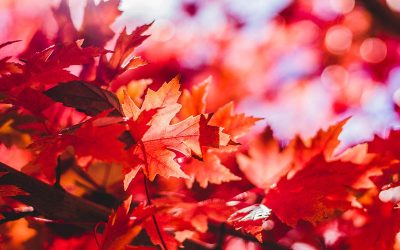Last week we focused upon developing your own rhythm when working on a creative endeavor. I suggested that you should adhere to a steady pattern of production. That may mean setting a daily goal for yourself. Or, if your schedule is too crammed to work every day on your project, then determining what you want to accomplish each week is essential. Let your own internal sensibilities guide you on this creative journey.
I heard an announcement on the radio the other day. There are no more rhymes to be had. So many songs are uploaded every day to various file-sharing services that humanity has run out of any more original rhymes. There is a demand within the recording community to abandon the rhyme as a fundamental aspect of songwriting. This exhortation is gaining momentum.
This might sound freeing. To get rid of the tyranny of the rhyme. But there is something primordial about rhyme. We have been rhyming ever since we have been telling stories, whether accompanied by music or not. It is part of the structure of the story itself.
Rhyme expresses a fundamental aspect of form within the narrative arts. Form is important. The poet Edna St. Vincent Millay wrote about form in a sonnet: “I will put Chaos into fourteen lines/And keep him there.” Form helps us to grapple with the enormity of an emotionally charged experience, one that may be inexpressible without this underlying structure to lean upon. The tradition gives us a place to put all those feelings that would otherwise overwhelm us. We need form to give pattern and regularity to those areas of the human psyche that may feel messy and undefined. This is where true art resides, within the mystery of the transcendent. The creative endeavor needs something steady to rely upon when stepping out into the unknown.
I do not want to suggest that art cannot be innovative. It should test the bounds of form. But tradition within all art is necessary. Elements such as rhyme keep the guardrails up. Dispensing with rhyme is not the way to go. Instead of focusing upon the limitations of familiar words that sound alike, storytellers – songwriters and poets – need to dive deeper. New meaning must be created that is relevant and responsive to our current times. We need to look more intently at those very words and find new connections between them. Maybe even a few new words need to be created. Language is not a fossil. Those artists are just not pushing far enough into the unknown, to uncover linkage between words in unexpected ways.
Some may want to malign Spotify for having a lock on old rhymes. This does not mean that rhyme is defunct. Rhyme anchors language to an ancient form. It is a steadying influence as the artist tackles uncomfortable issues, ones that will resonate with the next generation of readers and listeners who come along.
All artistic traditions, whether in the narrative or visual arts, have their own creative guardrails. Identify them for yourself and learn to lean upon them. These boundaries allow you to freely explore the transcendent beauty that you want to capture on your creative journey.




